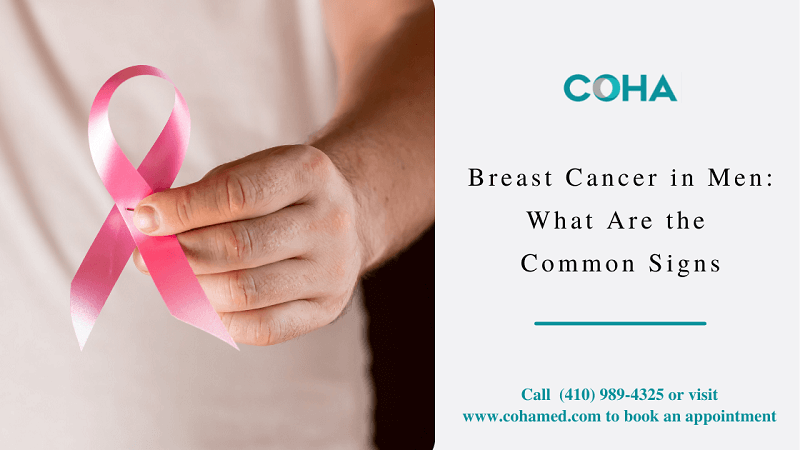


Although it's uncommon, men can also be diagnosed with breast cancer. Men's breasts do not grow to the same extent as women's, but all men do have breast tissue. Men may be more prone to ignoring warning signs and delaying visiting a doctor, but early detection and treatment are critical to prevent the cancer from spreading. This article discusses the risk factors, symptoms, and prevention methods for breast cancer in males.
Male breast cancer is a form of cancer that develops in a man’s breast tissue. Male breasts have fatty tissue, ducts, and breast cells, but they can't make milk. Cancer occurs when cells in these tissues grow uncontrollably, causing a tumor. The tumor size determines the prognosis and whether cancer has spread to other body parts.
Male breast cancer can take several forms, including:
It’s not easy to detect signs of breast cancer in men, but some common male breast cancer symptoms include:
Your doctor will do a physical examination and ask you questions about your medical history. Ultrasound and magnetic resonance imaging (MRI) are two non-invasive techniques that can provide detailed images, and blood tests can be used to look for indicators of illness.
If cancer cannot be ruled out, you may require a biopsy. Your doctor will take a sample of the questionable tissue using a needle. It may be necessary to remove the whole lump in some circumstances. A pathologist will examine the tissue under a microscope to see if it's malignant.
Pathology testing can help you figure out what form of cancer you have and how rapidly it will spread. This helps your doctor determine the best treatment strategy. Male breast cancer treatment options include:
Although it’s rarer compared to women, male breast cancer complications can be much worse if it’s undiagnosed. Do not neglect any breast cancer symptoms and have regular checkups to stay safe and healthy.
If you notice any symptoms of breast cancer, call us at Chesapeake Oncology Hematology Associates. Our team will discuss the potential cancer treatment options with you and develop the best possible treatment plan for you.
Also Read: Can Sugar Cause Cancer Cells to Grow?